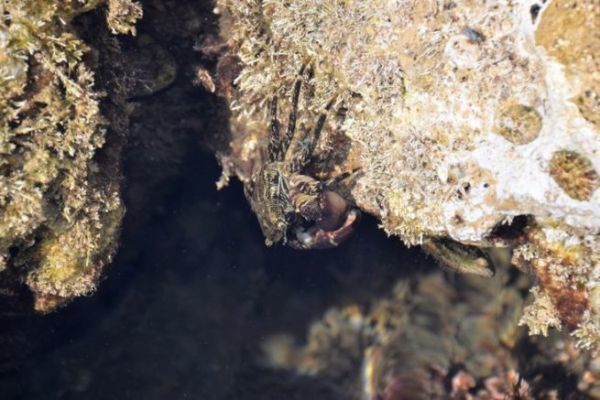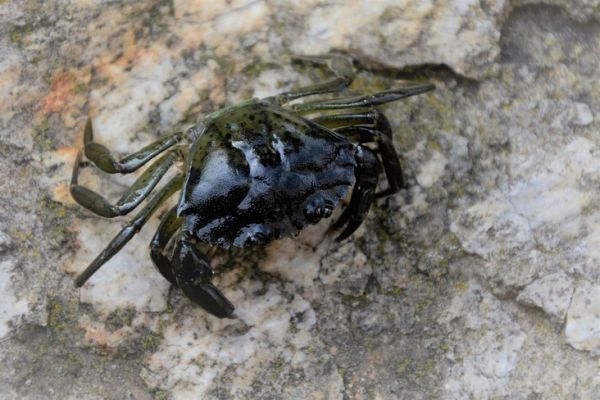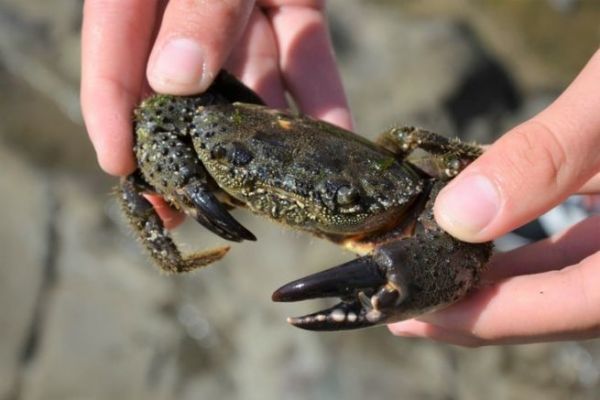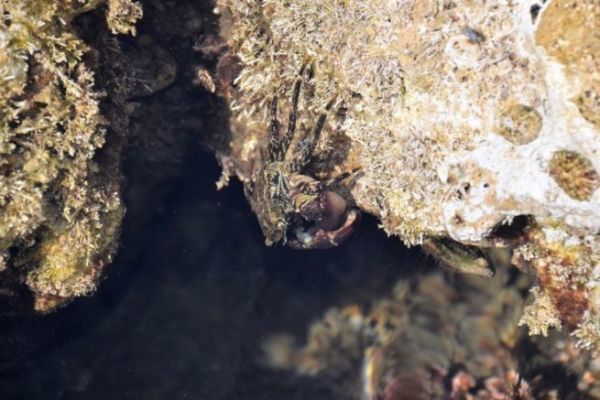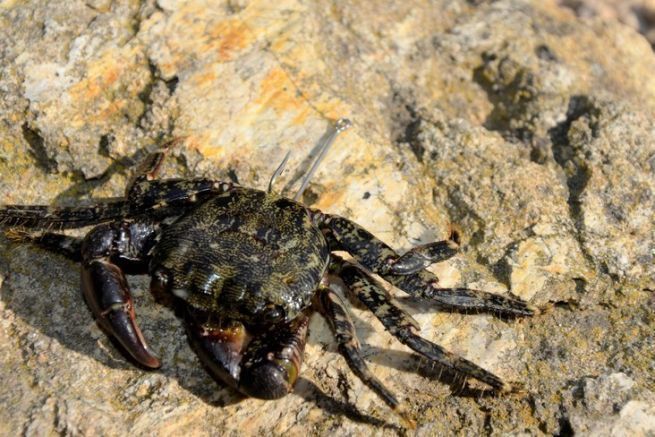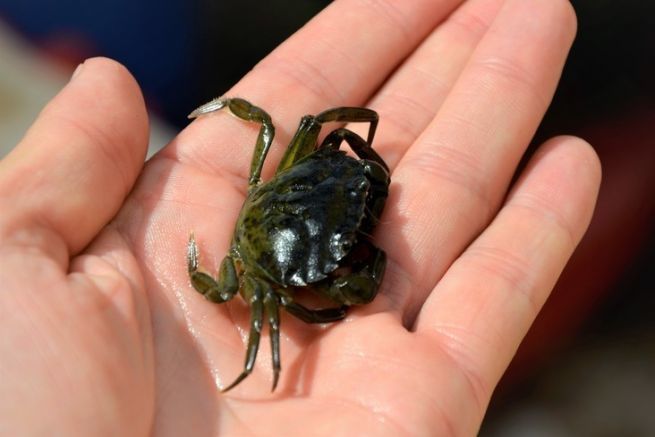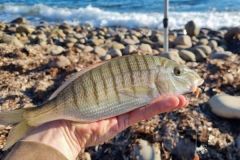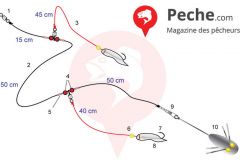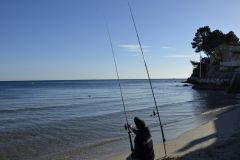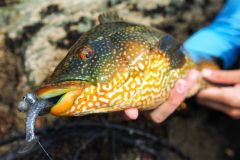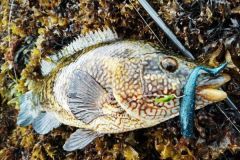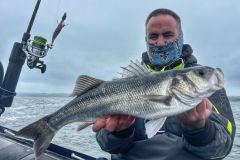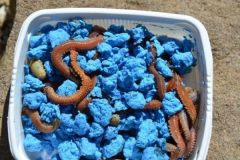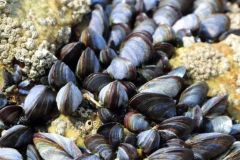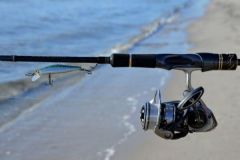Presentation of the stone crab
It is one of the most common crabs on our coasts, its Latin name is Pachygrapsus marmoratus. Sometimes called rock crab or marbled crab, it is omnipresent in rocks or in rocky dikes. It is a species of crab of small size, the rock crab rarely exceeds 4 centimeters.
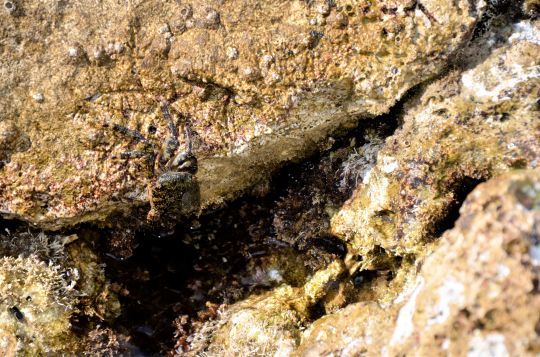
It has different colors that vary from green to black to brown. Its body is square and it has hairy legs, it sneaks through the rocks at high speed.
Collection techniques
As long as you are not afraid to get pinched a few times, it is very easy to catch this type of crab by hand. Even if it is not very pleasant to be pinched, don't worry, its claws can't cause serious injuries, just tear off a small piece of skin or make a slight mark.
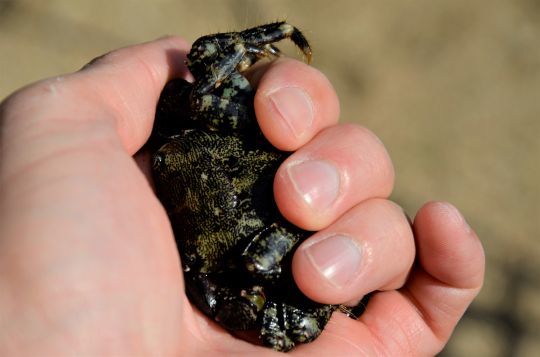
This crab has a pretty good sight and if it sees you, it will quickly hide in a crevice or even take advantage of a wave to jump into the water. To surprise him, you just have to lift the stones (while putting them back in their place) and grab him with a sharp blow. To make it easier, you can also look for them at night with the help of a lamp.
It is also possible to attract them with a piece of fish or cephalopod and catch them with a small child's net.
Use of the stone crab
The stone crab is a bait to be used mainly in rocky coast or near. Used whole and alive, it will select the beautiful fish. Sars, bass or wolves, as well as sea breams are fond of it, especially when the sea moves.
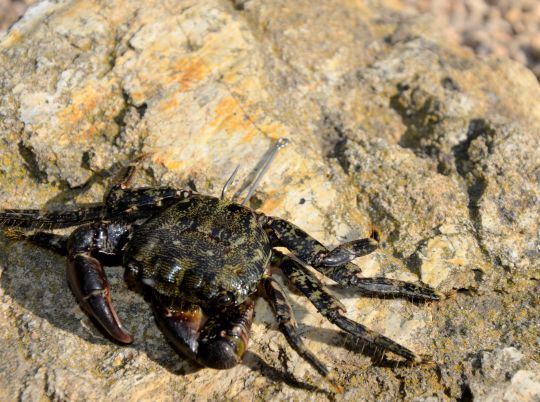
Live crab is fished with hooks No. 8 to 2 depending on the size. When fishing with a live crab, the hook must be pricked so as to keep the bait alive as long as possible. It is possible to bait this crab with a wishbone mounting with two hooks.
Simple pieces of marbled crab on a hook will also be effective, but will limit the selection of large fish. Find out the different methods of esching crabs.
An ideal bait whether you're surfcasting, float fishing or chumming.
